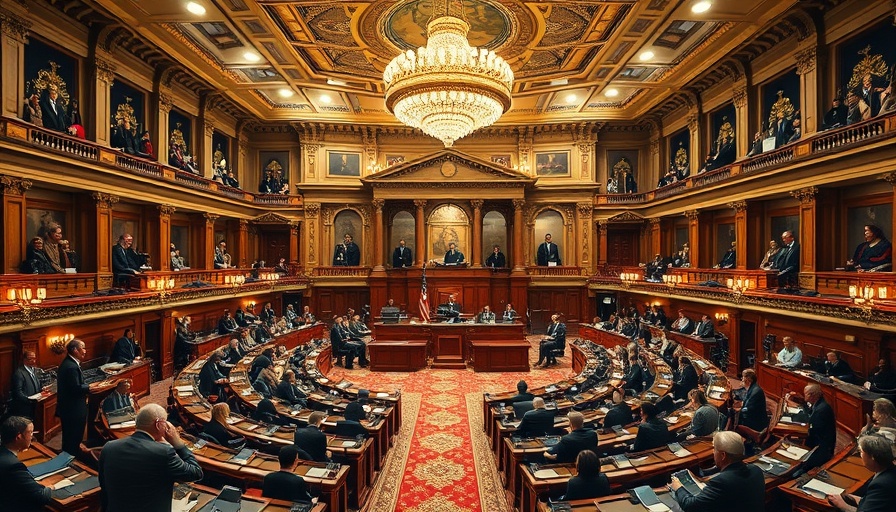
Understanding California's New Energy Policies
As California wraps up its legislative session, lawmakers have made significant strides in reshaping energy and climate policies that will affect residents throughout the state, including Bakersfield. These changes aim to address the growing crises of climate change and energy reliance, pushing the state towards cleaner, more sustainable practices.
Historical Context: California As A Pioneer
California has long been at the forefront of environmental legislation, often being a trailblazer for other states. The state’s proactive approach to climate issues is not new; it began decades ago with key initiatives that aimed to reduce greenhouse gas emissions and promote renewable energy sources. From the introduction of the California Global Warming Solutions Act in 2006 to the ambitious goal of achieving carbon neutrality by 2045, California has repeatedly set benchmarks for environmentalism.
What The Recent Changes Mean for Bakersfield Residents
For people in and around Bakersfield, these energy reforms will have numerous implications. One of the most notable shifts is the push towards increasing the use of renewable energy sources like solar and wind. This transition not only promises to reduce carbon emissions but also aims to stabilize energy costs in the long run. Residents may find incentives for installing solar panels or utilizing energy-efficient appliances, promoting a more sustainable lifestyle.
Green Jobs: An Economic Opportunity
A significant component of these changes lies in the economic opportunities they present, particularly in green jobs. As the state invests more in renewable energies, the potential for job creation in sectors such as solar installation, battery manufacturing, and electric vehicle maintenance grows. Bakersfield, with its diverse economy, stands to benefit from training programs and employment in these emerging fields.
Counterarguments: Navigating Challenges
While many applaud these changes, there are valid concerns too. Critics argue that transitioning too quickly to renewable energy could strain the infrastructure and lead to job losses in traditional energy sectors. Additionally, the reliability and cost of renewable sources can present challenges until the technology matures further. It's essential for policymakers to consider these perspectives to create a balanced approach that considers both economic viability and environmental responsibility.
Future Insights: Electrifying Transportation
The new policies focus not just on energy production but also significantly on electrifying transportation. California is incentivizing the use of electric vehicles (EVs) to reduce dependency on fossil fuels. As EV technology improves and charging infrastructure grows, residents of Bakersfield can anticipate easier access to charging stations and more affordable options for electric transport. This switch can lead to significant reductions in air pollution, benefiting public health.
Taking Local Action: What You Can Do
Residents of Bakersfield can actively participate in this transition. Awareness and community engagement are crucial. Local organizations and community groups are often at the forefront of educational initiatives about sustainable energy practices and may offer workshops or consultations regarding energy efficiency. Getting involved not only aids in individual understanding but also strengthens community bonds advocating for cleaner energy solutions.
Conclusion: Embrace the Shift
As the legislative session closes, it’s clear that the changes made to California's energy and climate policies mark a pivotal step towards a more sustainable future. For residents of Bakersfield, this is not just about legislation—it's about the future quality of life. Engaging in energy-efficient practices, supporting green initiatives, and promoting community awareness will be key in navigating these upcoming changes. Now is the time to embrace this shift and be part of the solution.
 Add Row
Add Row  Add
Add 



Write A Comment